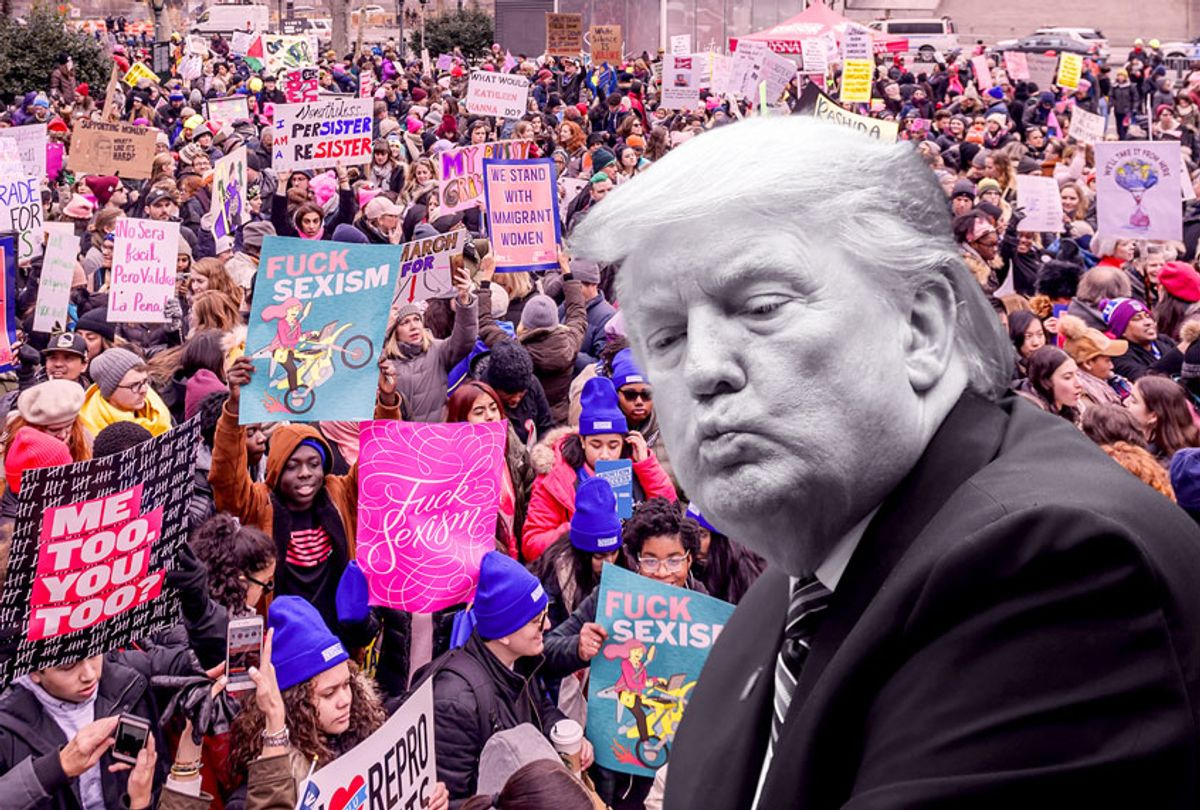President Donald Trump, recalling the law-and-order themes that President Richard Nixon and segregationist George Wallace used in their 1968 presidential campaigns, has been trying to frighten suburbanites into voting for him. In one of his tweets, Trump claimed that if former Vice President Joe Biden is elected president, he will use "low-income housing" to destroy suburbia as we know it. When Trump mentions "low-income housing," that's his way of warning white suburbanites that unless they want to see an influx of new African-American and Latino neighbors, they had better reelect him. But as the Rev. Al Sharpton has pointed out, Trump's claims about suburbia are not only blatantly racist — they are also painfully out of date and fail to take into account the realities of gentrification.
In the 1960s, 1970s and 1980s, the term "inner-city" was often used in connection with African-American neighborhoods. Soul icon Marvin Gaye had a major hit in 1971 with his political classic "Inner City Blues," which discussed economic frustrations in the black community. But gentrification has accelerated considerably in recent decades, forcing many working class African-Americans — and working class whites and Latinos, for that matter — to leave inner-city neighborhoods and look for more affordable housing in suburban areas. When African-Americans are forced out of Harlem and areas of Brooklyn by gentrification, skyrocketing rents and skyrocketing property taxes, they seek more affordable options in New Jersey. When African-Americans can no longer afford South Philly or West Philly, they look for housing in the Philadelphia suburbs of Montgomery County, Bucks County, Delaware County or Chester County.
Suburban areas in general are much more racially integrated than they were 40 or 50 years ago. In a 2016 report for the Furman Center for Real Estate and Urban Policy at New York University, Alan Berube (deputy director of the Brookings Institute) found that combined, blacks, Latinos and Asians comprised 35% of the suburban population in the United States.
In 2011, John Sullivan (a research associate at the Applied Research Center) found that more and more blacks were "moving from inner cities to suburbs. The proportion of the black population living in the biggest city of a given metropolitan area decreased in all 20 of the nation's largest metro areas in the past decade. For example, the percentage of the Detroit area's black residents living in the city of Detroit itself dropped by 16%. Other major cities home to large black populations, including New York, Chicago, Los Angeles, Washington, D.C., and Oakland, have all experienced large black population losses as well, as residents have left these places for suburbs or the South — or both. Notably, southern metro areas top the list for national gains in suburban black residents."
That was almost a decade ago, and suburbia has not grown any less African-American or any less Latino since then. Trump, in other words, is making a racist appeal to a suburbia that no longer exists. The president is trying to terrify white suburbanites by telling them that they will end up with African-American and Latino neighbors if Biden has his way, but in fact, millions of white suburbanites already have African-American and Latino neighbors — even if the president of the United States doesn't know it.




Shares